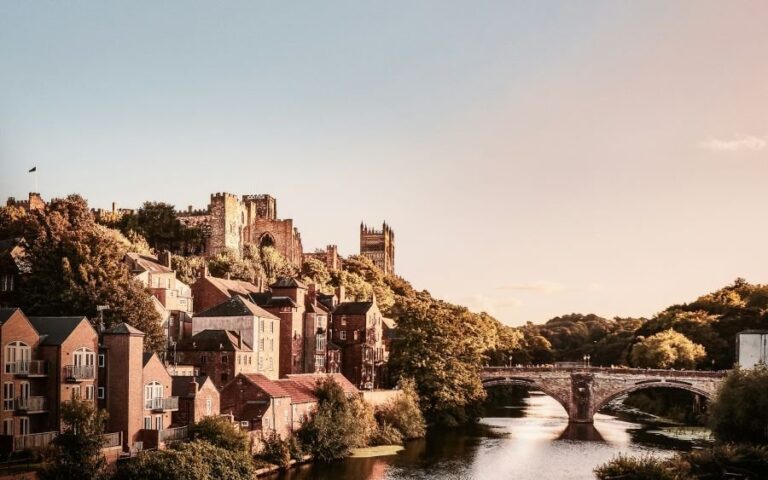The saga commences in the pivotal year of 1066 with the Norman Conquest, an event that forever altered the course of English history. Duke William of Normandy’s audacious crossing and subsequent claim to the English throne introduced a new era of Norman influence, evident in England’s architectural marvels such as the iconic Tower of London and the majestic Durham Cathedral. Across the Channel, the Bayeux Tapestry, a masterpiece of medieval craftsmanship, narrates this conquest with extraordinary detail, symbolizing the deep-rooted shared history and cultural exchange that began with this invasion. For those traveling from Scotland to explore this rich history, the train from Edinburgh to London offers a convenient and scenic journey, linking two capitals with centuries of intertwined heritage.
Royal Entanglements: A Tapestry of Ties
The intricate web of royal connections further solidifies the deep ties between the UK and France. The Angevin Empire and the reign of the Plantagenet kings exemplify the complex, often contentious relationships that spanned territories in both countries. Magnificent symbols of royal power and architectural splendor, such as the opulent Château de Versailles and the stately Hampton Court Palace, stand as living monuments to the shared yet distinct royal heritages that have influenced the socio-political landscapes of both nations.
Literary Cross-pollination: A Bridge of Words
The profound literary interconnection between the UK and France is a testament to the vibrant cultural exchange that has enriched the literary world. English luminaries like Shakespeare and Dickens drew heavily from French culture and historical narratives, while French literary giants such as Victor Hugo and Voltaire were deeply engaged with English society and politics in their works. This literary cross-pollination has fostered a rich dialogue that continues to inspire writers and readers alike.
Artistic Confluence: A Visual Symphony
The artistic realms of the UK and France have been in constant dialogue, particularly evident in the Impressionist movement’s reception in the UK. Renowned artists like Monet and Renoir immortalized the British landscape, underscoring the profound artistic connections. The National Gallery in London and the Louvre in Paris are custodians of this shared artistic heritage, housing masterpieces that span centuries and encapsulate the enduring artistic exchange between these two cultures.
Bonds Forged in Battle: A Shared Sacrifice
The military histories of the UK and France are marked by both shared sacrifices and joint triumphs, especially highlighted during the world wars. The D-Day landings on the Normandy beaches and the somber battlefields of the Somme are powerful reminders of the costs of freedom and the strength found in unity. Memorials and museums dedicated to these moments of bravery and cooperation serve as poignant reminders of the indelible bonds forged in the crucibles of conflict.



